A superfoods food list that won’t break the bank, these easy-to-find cheap healthy foods clock in at under a dollar per serving.
By Kerri-Ann Jennings, M.S., R.D.
Every few months, it seems, there’s hype about the latest, hottest superfood. And while I’m always interested in trying new foods (especially ones that are healthy for me), I have to remember that LOTS of foods, many of which are stocked in nearly every grocery store in America, are “superfoods.” The added bonus to eating more of these easy-to-find cheap healthy foods? They won’t break the bank. In fact, I’ve rounded up 12 of my favorite healthy superfoods that each clock in at under a dollar per serving.
Lentils
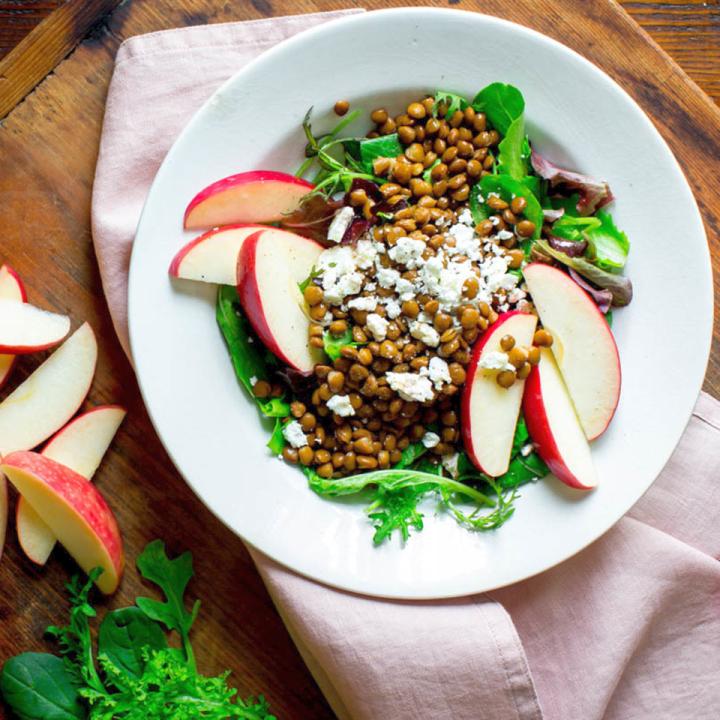
Like beans, lentils are high in fiber and protein (8 grams and 9 grams per half cup, respectively), which makes them great for your heart. They have the edge over beans, though, when it comes to preparation. Lentils cook up in only 15 to 30 minutes and don’t need to be pre-soaked. An easy way to eat cheap and healthy, lentils (and beans!) are a staple for budget-friendly cooking.
Oats
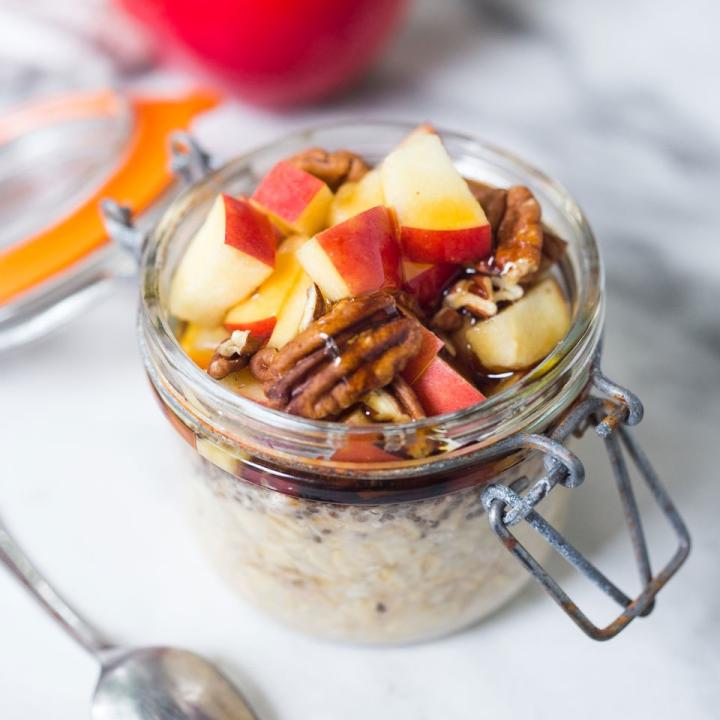
Oats are a great way to get soluble fiber in your diet (they deliver 3 grams per serving). Research suggests that increasing your intake of soluble fiber by 5 to 10 grams each day could result in a 5 percent drop in “bad” LDL cholesterol. Plus, the quick-cooking oats are just as healthy (and often a little cheaper) as steel-cut-just steer clear of oatmeal packets that are loaded with added sugars.
Kale
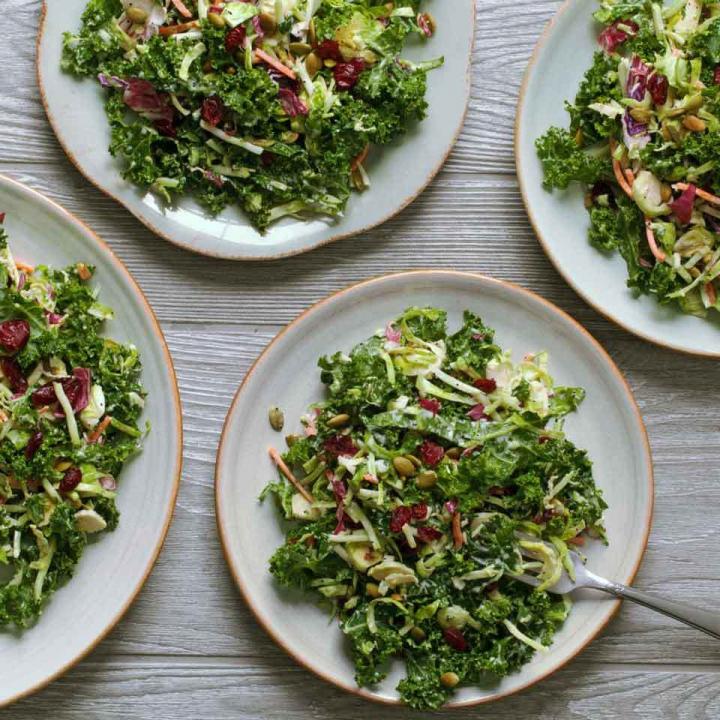
Kale is an undisputed superfood. A single serving (1 cup cooked) has 10 times the daily value of bone-healthy vitamin K. It also has 3 times the daily value of vitamin A and is high in lutein and zeaxanthin, which all help your vision. Plus, it’s pretty darn tasty. Opt for the cheaper bunched kale rather than pre-chopped bagged kale-it only takes a few minutes to prep.
Almonds

A 1-ounce serving (23 nuts, 162 calories) has 37 percent of your daily value for vitamin E-a nutrient many Americans fall short on. Almonds also deliver some calcium, fiber and folate. Not only that, a serving of almonds has as many flavonoids as a cup of green tea, according to a study in the Journal of Agricultural and Food Chemistry. If your grocery store has a bulk section, head there for your nuts and seeds-this way you can buy just the amount you need for cheaper than the pre-bagged options.
Oranges
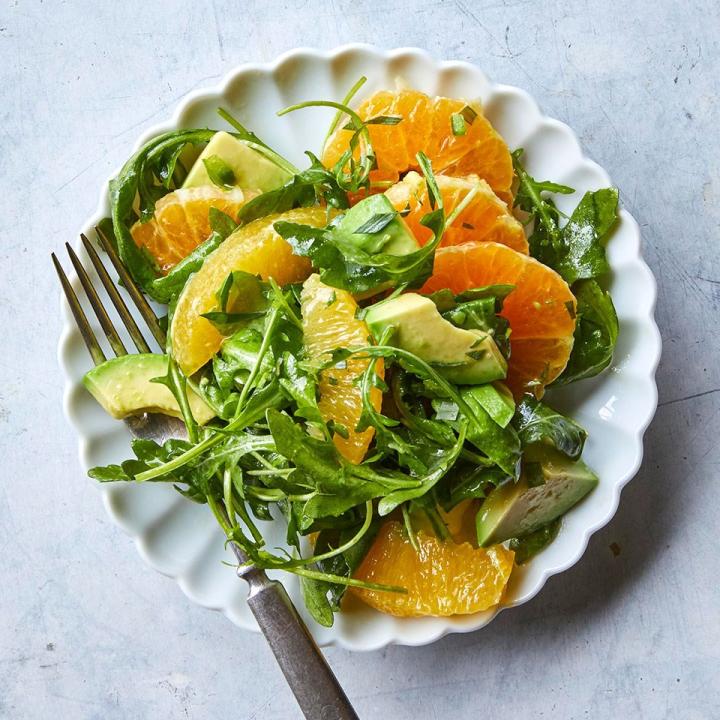
You can get your entire day’s worth of vitamin C in a single orange. Plus, oranges deliver fiber (3 grams in one orange) and water to keep you full for only 70 calories. Not only that, the orange color means it delivers vision-boosting beta carotene. Oranges are pretty affordable all year long, but especially so in the winter when they’re in season.
Tea

While we’re on the subject of tea, there’s no doubt it’s a super-healthy, budget-friendly addition to your diet. Tea, especially green tea, has lots of health boons. Both green and black tea are loaded with antioxidants, which may boost your immune system and promote heart health. In fact, scientists have found that those who drink 12 ounces or more of tea a day were about half as likely to have a heart attack as non-tea drinkers.
Tuna

Sure, salmon gets a glowing (and well-deserved) rep for being a megasource of omega-3s. But did you know that lowly canned tuna also delivers omega-3s? Plus, the 2010 Dietary Guidelines recommend cutting back on meat-eating tuna up to twice a week is one (cheap) way to do that. Look for chunk light tuna, which comes from smaller tuna fish and is lower in mercury than white albacore tuna.
Peanut Butter

Don’t knock peanut butter. Not only is it delicious and versatile, it delivers many of the same benefits as more expensive tree nuts, such as improving cholesterol and lowering risk of heart disease. Peanut butter delivers heart-healthy mono- and polyunsaturated fats, vitamin E and zinc. Look for natural peanut butter (a brand that has just peanuts-and salt, if you insist-as the ingredients) to avoid partially hydrogenated oils and sugar.
Eggs
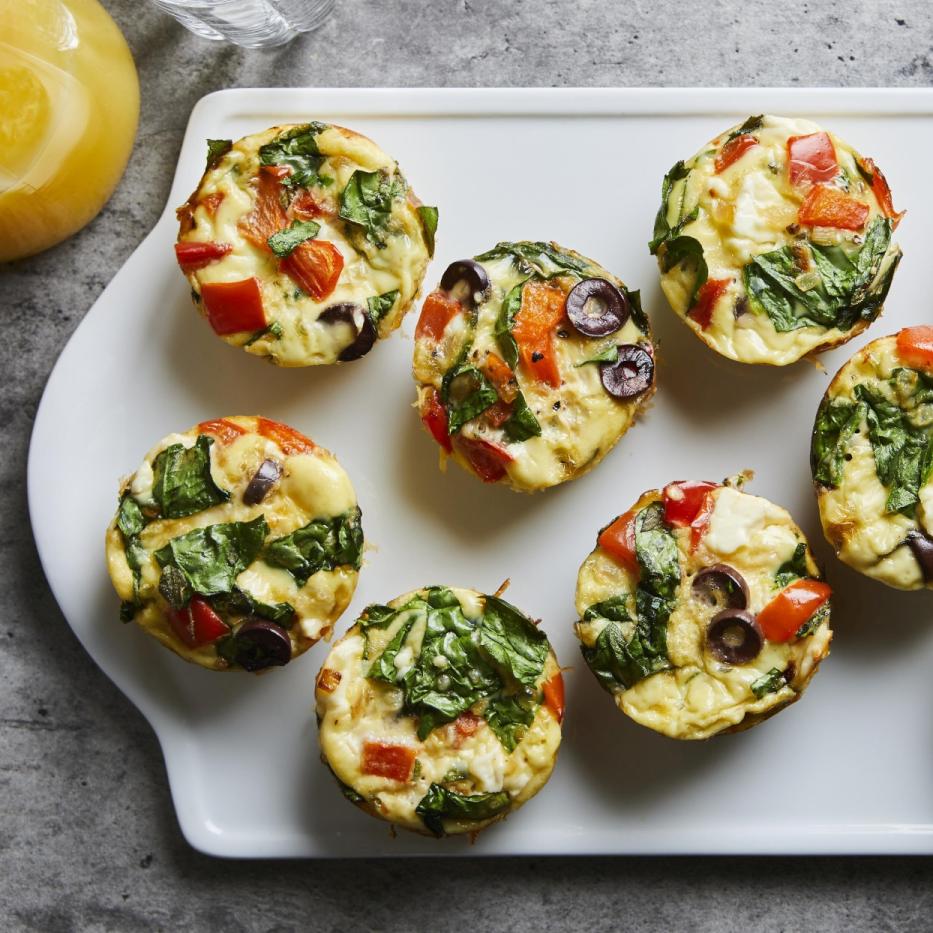
For such a small and inexpensive food, eggs pack in a lot of nutrition. The whites are brimming with protein (4 grams per egg), while the yolks deliver some vitamin D plus a lutein and xeanthanin, which lowers the risk of age-related macular degeneration-a disease that affects one in eight Americans with vision loss and sometimes blindness. All that for 80 calories. (There’s a reason they’re touted as the “incredible, edible egg”.)
Apples
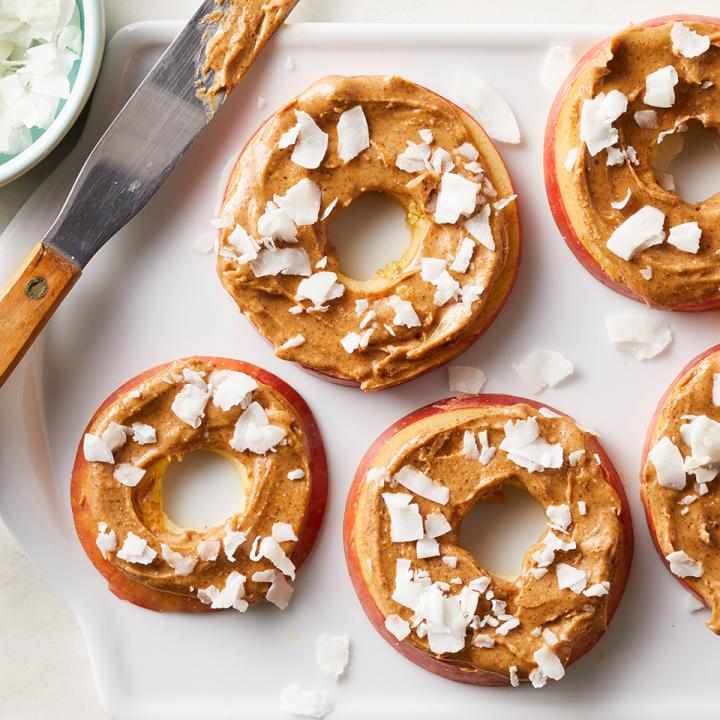
Apples don’t have megadoses of any one vitamin or mineral to boast about (although they have some vitamin C), but several research studies suggest that apples have tangible benefits for your heart. The latest one, out of Florida State University, showed that people who ate the equivalent of 2 apples daily for a year improved these markers. Researchers think it’s a combination of the pectin (a type of fiber) and polyphenols that makes apples so good for you. The price for different apple varieties can vary greatly. Scan the options the next time you’re at the grocery store and opt for one on the cheaper side.
Carrots
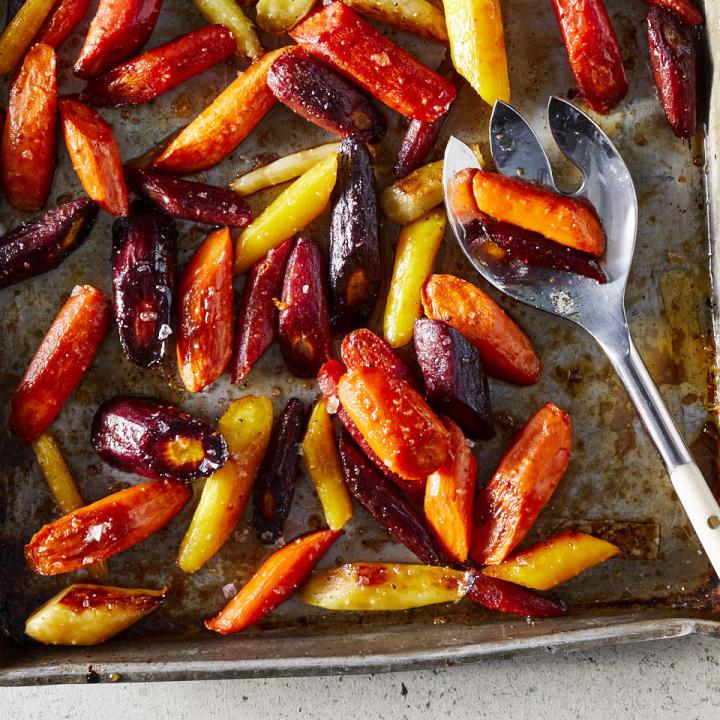
Sweet potatoes get a lot of love for being a superfood, but so should the carrot. After all, they’re both orange, which means they both deliver beta-carotene (a type of vitamin A). A cup of carrots actually delivers 4 times the DV of vitamin A, which helps build bone and contributes to immune function. A cheap healthy option to cut up for a snack, shred for on top of a salad or cook up as a separate side dish, carrots are a great superfood go-to.
Cabbage

Like kale, cabbage is a cruciferous vegetable and diets rich in cruciferous vegetables are linked to lower rates of cancer. It’s also is an excellent source of vitamins C and K, and delivers fiber and detoxifying sulfur compounds. Red cabbage also boasts anthocyanins, an antioxidant thought to keep your heart healthy and brain sharp. Plus it’s very low in calories (22 per cup) and one of the cheapest veggies in the produce department.
The information contained in this article is for educational and informational purposes only and is not intended as health or medical advice. Always consult a physician or other qualified health provider regarding any questions you may have about a medical condition or health objectives.





